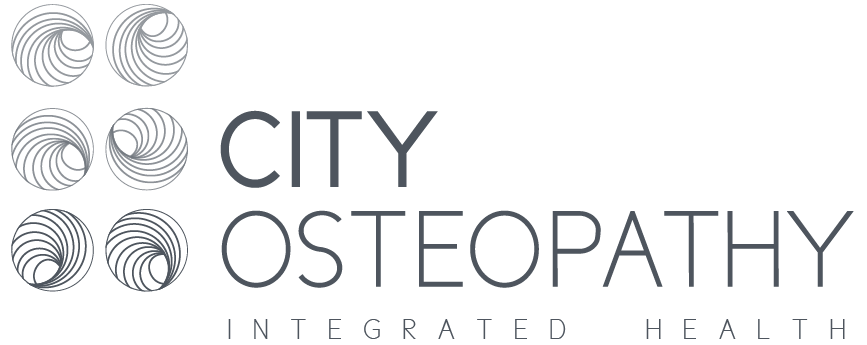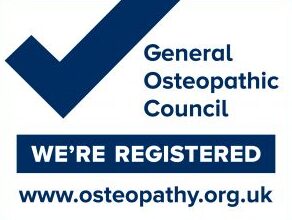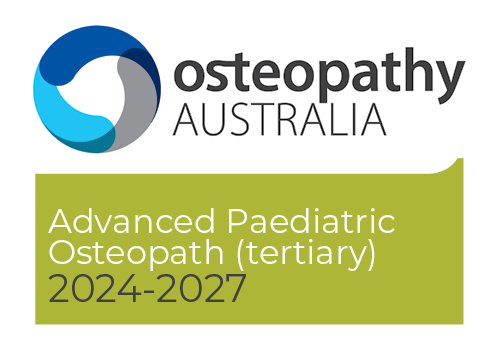
Does your daily routine including taking a glucosamine supplement?
Recent studies suggest you might be wasting your money.
Glucosamine is an amino monosaccharide (sugar) made within the body and found in numerous tissues including the kidneys, liver and cartilage. It is a common diet supplement, widely used for osteoarthritis, joint pain and soft tissue injuries due to the belief it promotes cartilage repair. However, there are no reputable studies that explain how glucosamine works in the body. While advocates of glucosamine report a reduction in pain and swelling, quicker soft-tissue healing and prophylactic protection against damage to cartilage, we do not know exactly how glucosamine works these wonders.
In fact, recent studies are finding the popular supplement may in reality have no effect at all.
For example, a 2005 Canadian study found that when patients, who were taking glucosamine for knee osteoarthritis and reporting at least moderate relief of pain, had no difference in outcome when they were switched to a placebo.
Studies out of Belgium suggest that although glucosamine is easily absorbed by the body, recommended treatment doses (for example, 1,500 mg/day) barely reach the required therapeutic concentration in plasma and tissue.
The authoratative NICE – National Institute for Health and Care Excellence who provides guidelines for the National Health Service (NHS) in the UK has also taken glucosamine off the list of recommendations for the management of Osteoarthritis.
Another supplement which may be more beneficial, better researched and proven is fish oil, which has a natural anti-inflammatory effect.
Your money may be better spent on this instead.
References:
Henrotin et al (2012). Is there any scientific evidence for the use of glucosamine in the management of human osteoarthritis? Arthritis Research & Therapy 2012, 14:201. http://arthritis-research.com/content/14/1/201
Juni et al (2010). Effects of glucosamine, chondroitin, or placebo in patients with osteoarthritis of hip or knee: network meta-analysis. BMJ 2010;341:c4675


